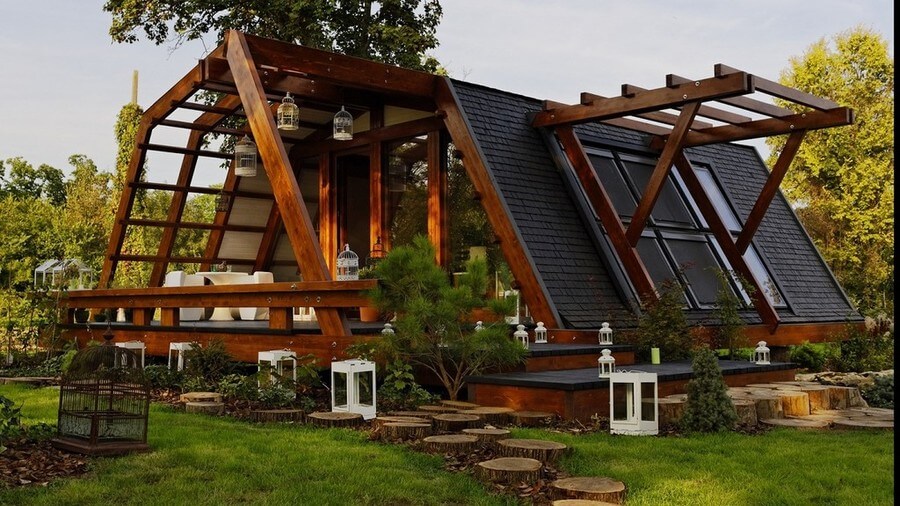A Contributed Post: Eco-Friendly Homes Tend to Sell for More According to Reports

The Hard Numbers
In Seattle, Washington, homes certified as eco-friendly sold for almost 9% more per square foot and they sold a fifth faster than non-certified peers before the 2009 housing crash. They even sold for more and faster than similarly eco-friendly properties that lacked the designation.
Those with the highest green certification sold for 25% more than regular homes. In Portland, Oregon, green homes sold for a higher price per square foot, up to 12% more before the crash. In hot markets like Seattle and Portland, they retained their value while the average homes went down in value before slowly climbing back up.
The Average, Improved Home
If you can tell home buyers that you’ve added double and triple pane windows to the home and several centimeters of insulation to the attic, they know that you’ve invested in the long-term energy efficiency of the home. These long-term utility savings justify demanding a modestly higher price for the home. If you replace older appliances with more efficient new ones, they see an upgraded kitchen in addition to the utility savings and are willing to pay more. When you’re selling an older home, the ability to say you’ve fixed those drafts and energy drains helps it sell faster. You can find the expected price and time on market stats for your neighborhood at housingpredictor.com.
The Luxury, Eco-Friendly Home
Luxury homes often have eco-friendly features built into them by design. You get the xeriscape or natural local plants in a low maintenance garden. Solar panels and their battery arrays are built into the home, not stuck in wherever they fit. Passive solar heating and cooling are built into the home so that they reduce utility usage without impacting the use of the property. And all of these types of eco-friendly features are part of the luxury home that comes with a host of other amenities.
California Leading the March
In parts of California, the green certification label added 9% to the selling value of a home at every level of the market. The coveted eco-friendly label mattered to these consumers, so they paid more for it, and you cannot tie the value of green properties to energy prices because the same study found no correlation to energy prices. Any green label boosted the price, whether LEED, EnergyStar or GreenPoint. These findings are similar to studies in Europe that found that an “A” rating for environmental friendliness boosted the value of a home about 10%. For European buyers, homes with a poor energy efficiency rating sold for a discount.
We can expect the green homes to continue selling at a premium for years to come, leading more homeowners to join in the trend in an attempt to increase their home’s value. The lower expected water and energy bills as well maintenance expenses are clear incentives as well.
